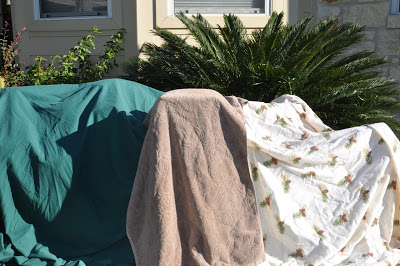My garden and design photo faves of 2019
It’s a new year and I’ve just passed the 6 month milestone in a new garden. I miss so many things about my previous garden – an acre and a half that I nurtured and loved for more than 16 years. I’m also excited about having a new challenge. A BIG new challenge!
So, I’m recapping some of my favorite 2019 photos of my gardens, both old and new.

This Japanese flowering quince always joined the daffodils and hellebores as the first harbingers of spring. These are plants I will definitely incorporate into the new garden. I’ve already planted several varieties of daffodil bulbs.
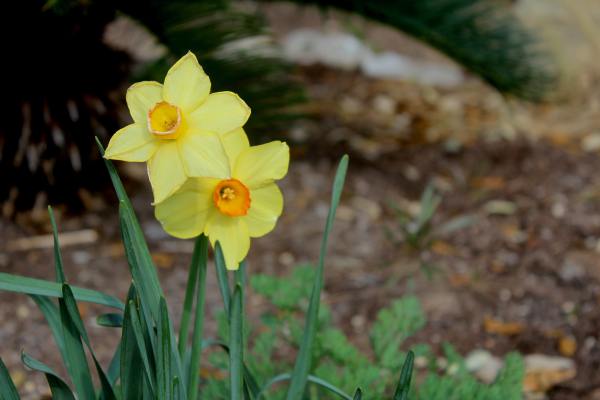

The row of Mountain Laurels lining the old driveway was heady with grape-y goodness when they were all in bloom. Luckily, there is a Mountain Laurel in the new garden.
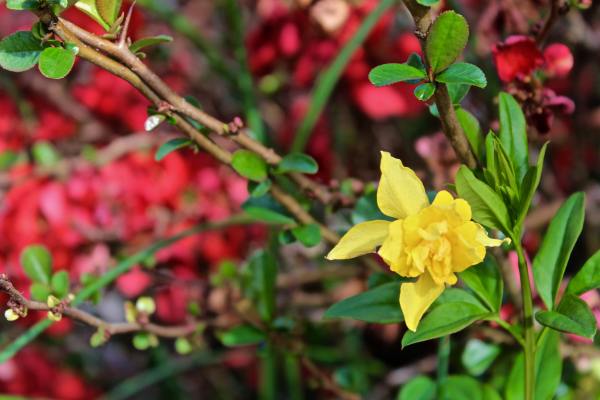
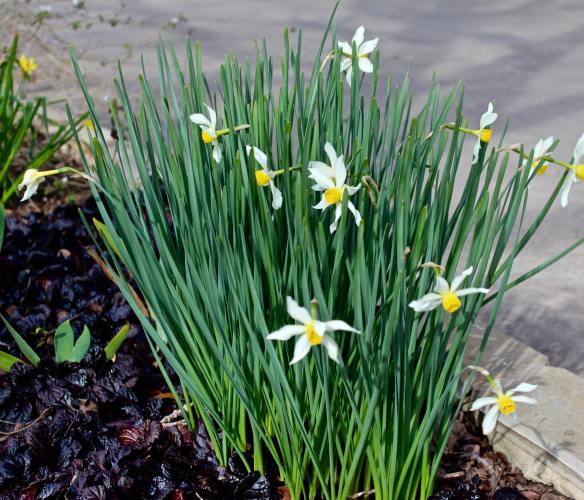
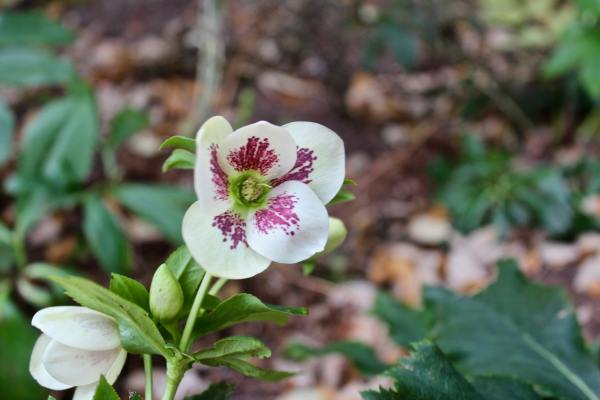
I dug up and brought several hellebores from my collection to the new house and they are thriving. I lost one in the process (I might have been too busy to take good care of them in their pots for months before I began creating a bed for them).
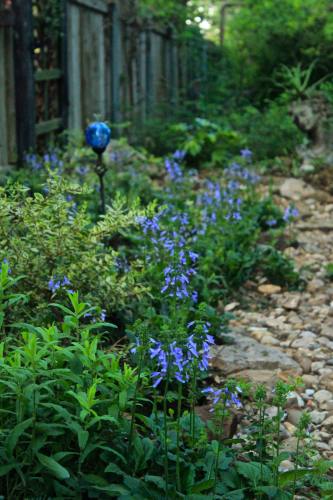
These lyre leaf sage also came with me. They provide lovely ground cover all year and put up these delicate blooms in the spring.
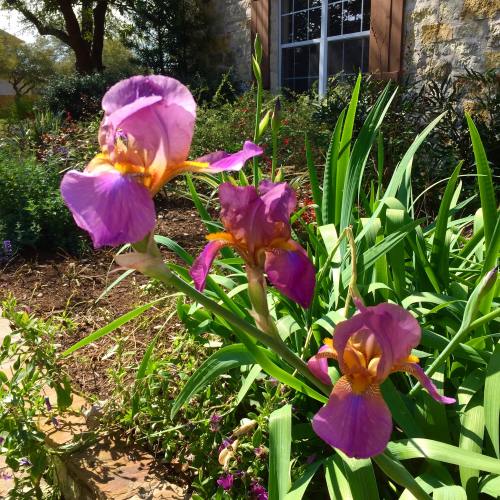
All of the Austin Garden Bloggers will recognize this as Lucinda’s iris – passalongs that I believe we all share.
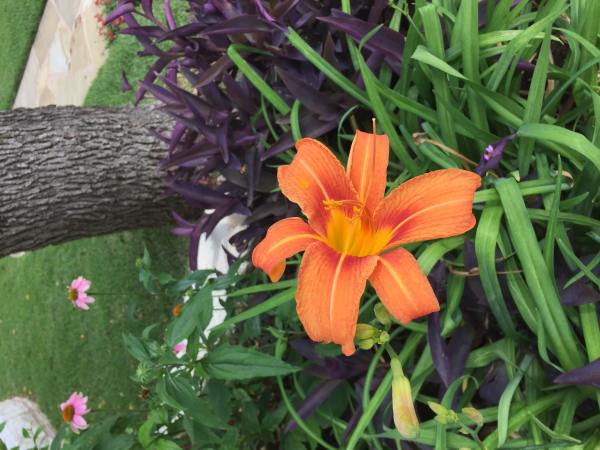
Rest assured, Lori, the ditch lilies you brought me back from Wisconsin in a bucket traveled with me to the new house, too. I’d never leave those behind!
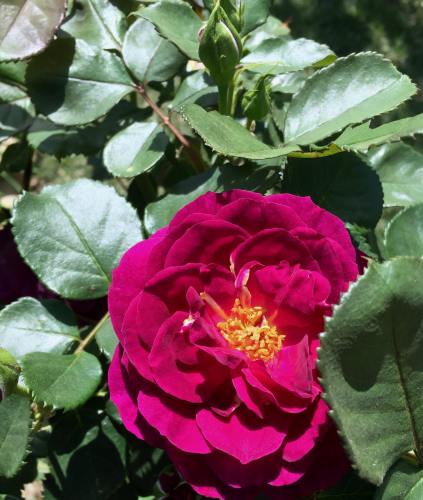
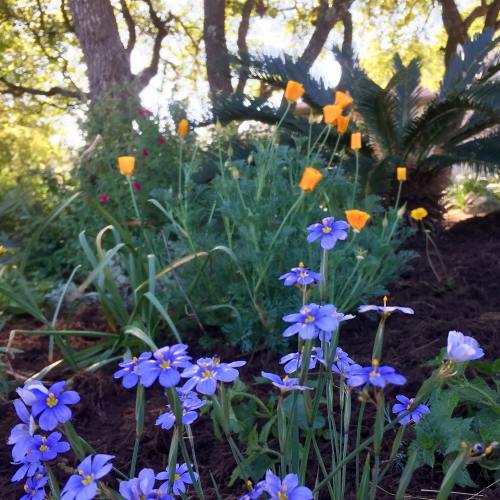
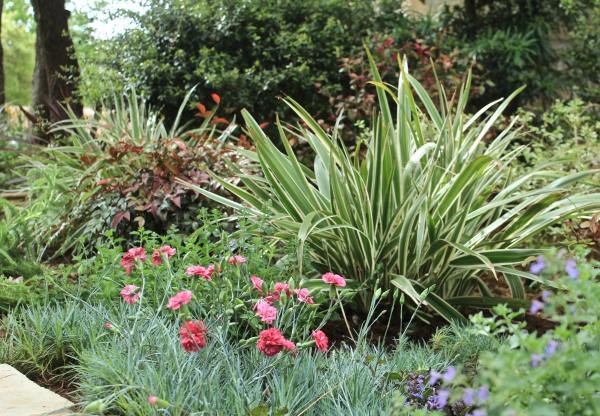
Dianella and loropetalum were building blocks in the previous garden and the will be again when I start building some big beds.

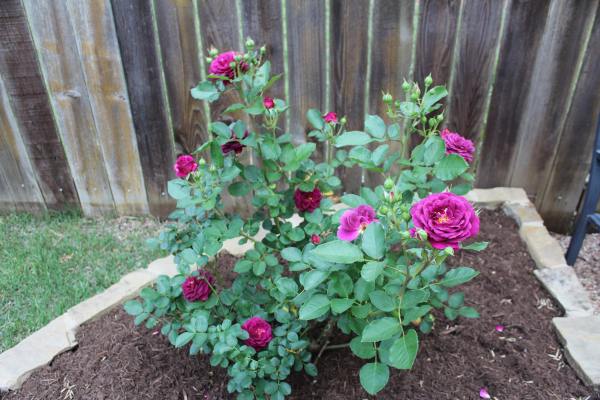
I think I’ll find a home for another ebb tide rose, too.
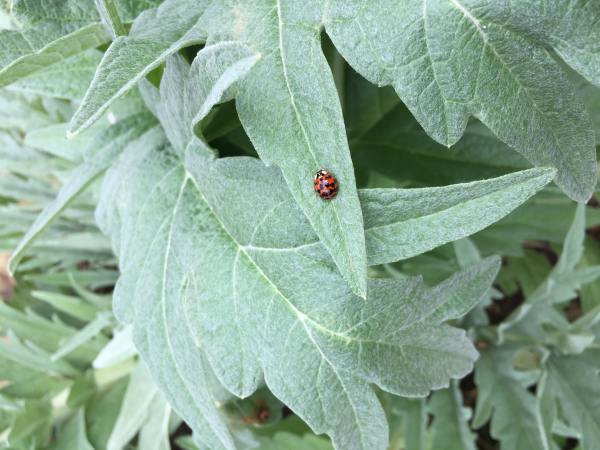
The current yard (it’s not a garden!) is covered with ivy. I hope to craft a happier habitat for beneficials and pollinators and birds.
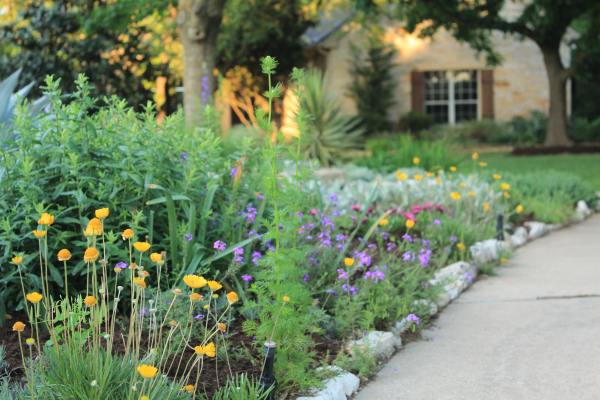
I loved the hot, confetti pops of color in the front bed at the previous house. This is the one I jokingly called the hideous bed.
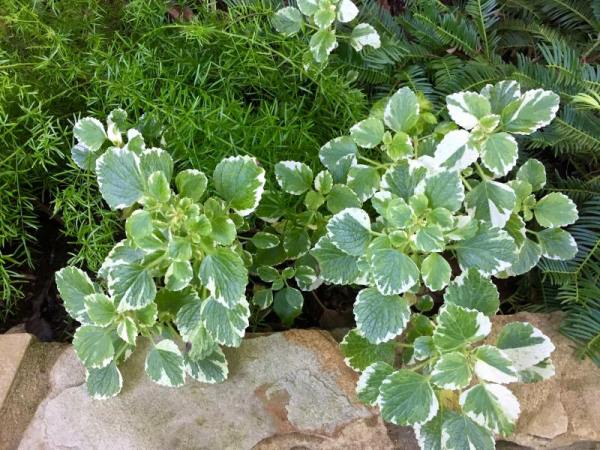
Swedish ivy always perked up the shadier nooks and crannies in the garden.
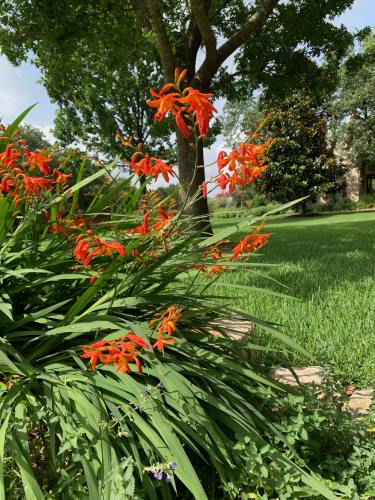
I fell in love with crocosmia at many Garden Bloggers Flings and was happy to add some to my garden two years ago.
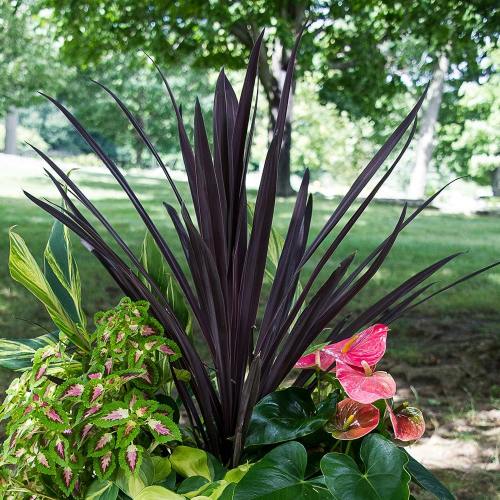
I always made room for cordyline in the garden and in ornamental pots.
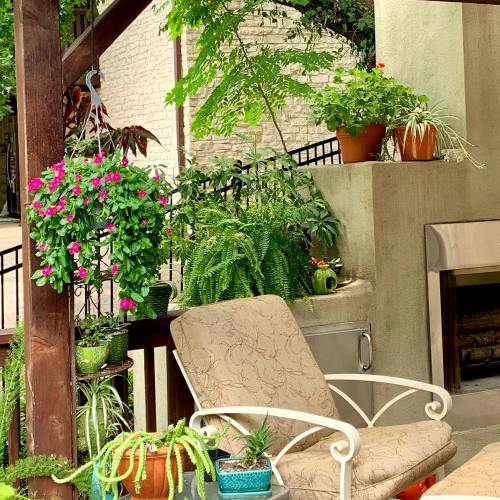
Of course I brought all of my pots with me. I think we moved 75 of them – yikes! Having them all here made us feel right out home on the big back deck and outdoor living areas.
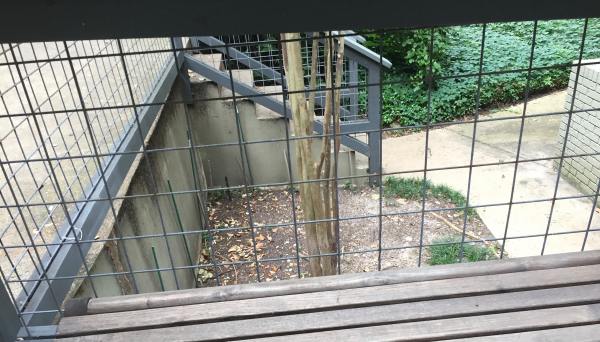
This eyesore area at the new house needed an overhaul. We had to regrade, take out trees, build a French drain and dig out a dozen trashy shrub volunteers. As a small project, it was my first garden creation.
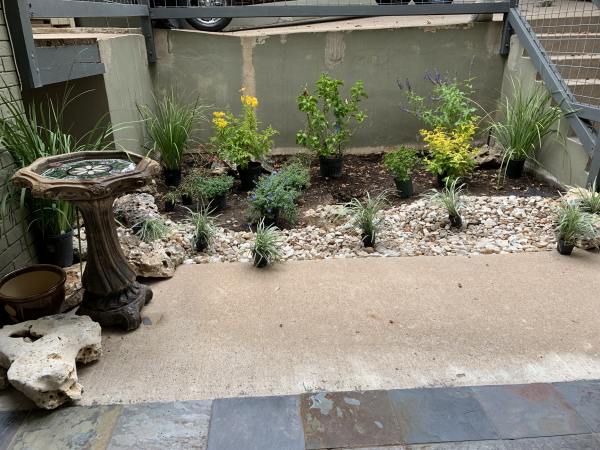
I started by giving some curves and shape to this part of the French drain to define a new bed area in this square space. Then I painted the dilapidated concrete. This area is the view out of the dining room French doors that open onto a courtyard. I designed these steel panels and had them custom built to surround the AC units at the previous house, but don’t need them here. They were perfect for adding interest to this odd space.
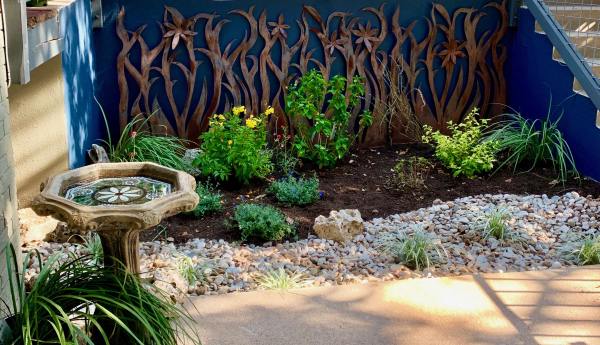
Plants and a bird bath were the crowning touches! The wrought iron table and chairs in the courtyard offer a lovely spot for morning coffee.
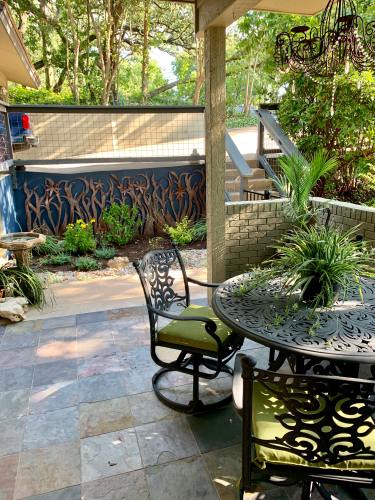
Lots of fun projects are on tap for 2020. I hope you’ll come see how things are progressing.
Happy New Year and Happy Gardening!


